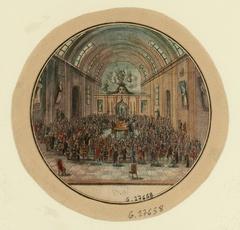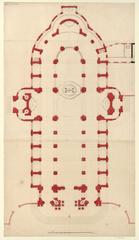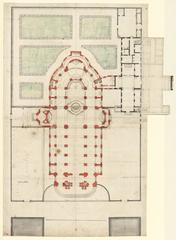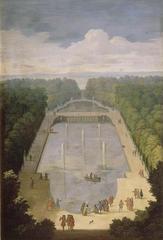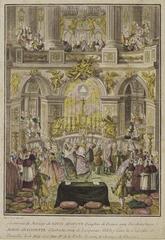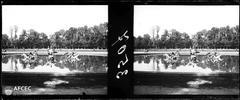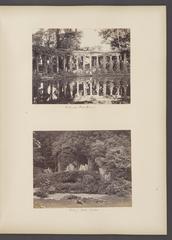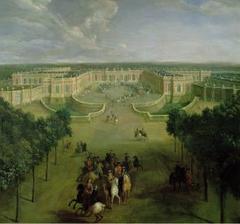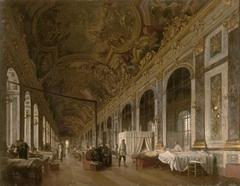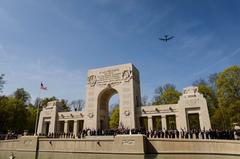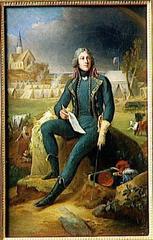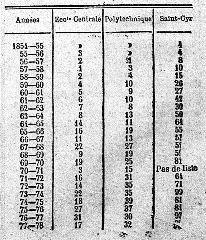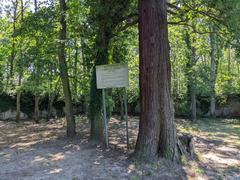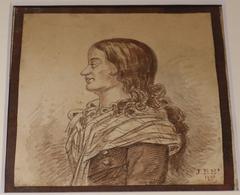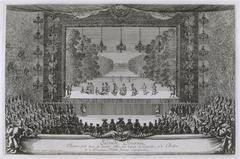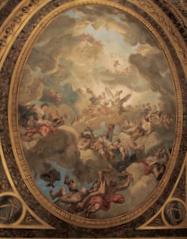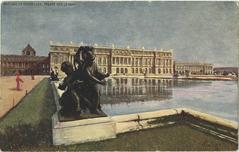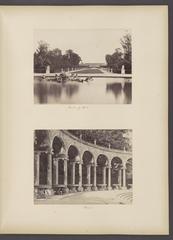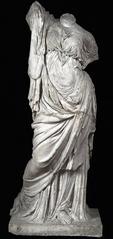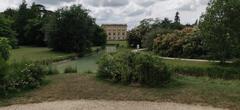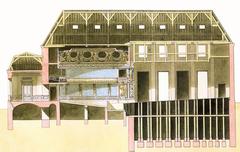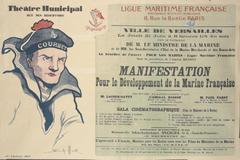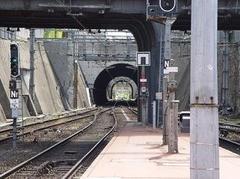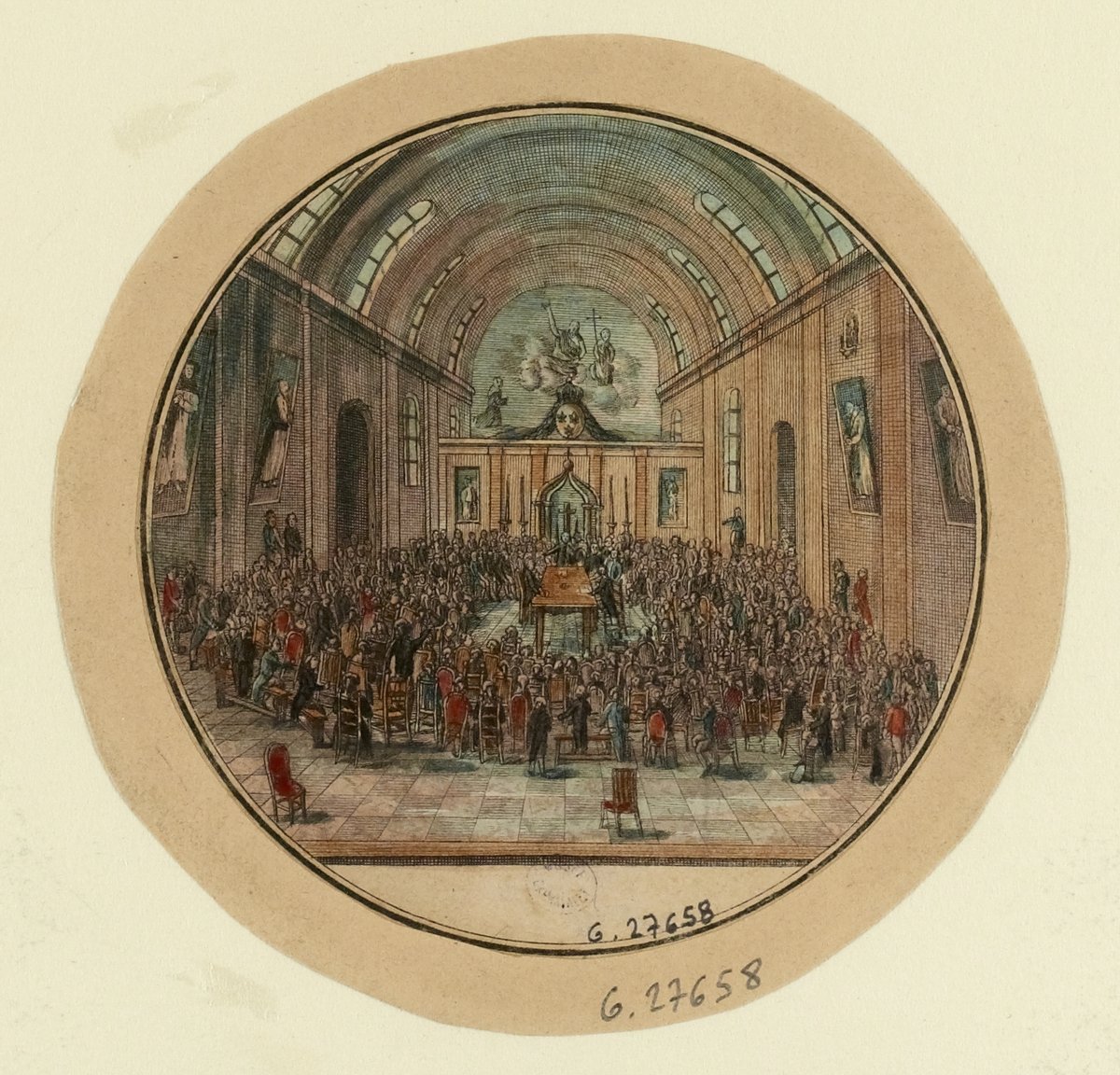
Visiting Cathédrale Saint-Louis de Versailles: A Complete Guide
Publication Date: 23/07/2024
Introduction to Cathédrale Saint-Louis de Versailles
The Cathédrale Saint-Louis de Versailles is an iconic landmark nestled in the heart of Versailles, France. This architectural marvel not only stands as a testament to the grandeur of French Baroque design but also reflects the rich cultural and historical tapestry of the region. Constructed between 1743 and 1754 under the aegis of architect Jacques Hardouin-Mansart de Sagonne, the cathedral’s journey from its inception to its current stature as the seat of the Diocese of Versailles is truly fascinating. Visitors to this cathedral are offered a glimpse into its storied past, from its tumultuous role during the French Revolution to its elevation to cathedral status in the early 19th century (Cathédrale Saint-Louis de Versailles).
The cathedral’s architectural and artistic features are nothing short of breathtaking. With its Latin cross layout, grand façade adorned with Corinthian columns, and intricate interior decorations, it is a visual feast for visitors. Moreover, the cathedral houses significant religious artifacts, including a relic of Saint Louis, making it a focal point of veneration (Versailles Tourist Office). Whether you’re a history buff, an architecture enthusiast, or a spiritual seeker, the Cathédrale Saint-Louis de Versailles offers a profound and enriching experience.
Table of Contents
- Introduction
- Origins and Construction
- Role During the French Revolution
- Elevation to Cathedral Status
- Architectural and Artistic Features
- Historical Events and Notable Figures
- Modern-Day Significance
- Preservation and Restoration Efforts
- Visitor Information
- Visiting Hours and Tickets
- Guided Tours
- Travel Guide
- Special Events and Photographic Spots
- Frequently Asked Questions (FAQ)
- Conclusion
Origins and Construction
The origins of the Cathédrale Saint-Louis de Versailles date back to the early 18th century when the need for a new parish church arose due to the growing population of Versailles. Construction began in 1743 under the direction of architect Jacques Hardouin-Mansart de Sagonne, a descendant of the renowned architect Jules Hardouin-Mansart, who designed the Palace of Versailles.
Built in the Baroque style, characterized by its grandeur, dramatic use of light and shadow, and elaborate decorations, the cathedral was completed in 1754 and consecrated on August 24, 1754. The design features a Latin cross layout, with a central nave, two side aisles, and a transept. The façade, adorned with Corinthian columns and a triangular pediment, gives it a majestic appearance.
Role During the French Revolution
The French Revolution, which began in 1789, had a profound impact on the Cathédrale Saint-Louis de Versailles. During this tumultuous period, the cathedral was repurposed for secular uses. In 1793, it was transformed into a Temple of Abundance, reflecting the revolutionary government’s efforts to de-Christianize France and promote secular values. Many religious artifacts and decorations were removed or destroyed during this time.
Despite these challenges, the cathedral survived the revolution and was restored to its original purpose as a place of worship in the early 19th century. The restoration efforts were part of a broader movement to revive religious practices in France following the fall of Napoleon and the restoration of the Bourbon monarchy.
Elevation to Cathedral Status
The Cathédrale Saint-Louis de Versailles was elevated to the status of a cathedral in 1802, following the Concordat of 1801 between Napoleon Bonaparte and Pope Pius VII. This agreement reestablished the Catholic Church in France and led to the creation of new dioceses, including the Diocese of Versailles. The elevation of Saint-Louis to cathedral status marked a significant milestone in its history, as it became the seat of the bishop and the central church of the diocese.
Architectural and Artistic Features
The Cathédrale Saint-Louis de Versailles is renowned for its architectural and artistic features. The interior of the cathedral is adorned with beautiful frescoes, sculptures, and stained glass windows. One of the most notable features is the high altar, designed by the sculptor Michel-Ange Slodtz. The altar, made of marble with intricate carvings and gilded decorations, is a masterpiece.
The cathedral also houses several important religious artifacts, including a relic of Saint Louis, the patron saint of the cathedral. This relic is housed in a gilded reliquary and is a focal point of veneration for visitors and worshippers alike.
Historical Events and Notable Figures
Throughout its history, the Cathédrale Saint-Louis de Versailles has been the site of numerous significant events and has been associated with several notable figures. One of the most famous events was the coronation of King Louis XVIII in 1814, which took place in the cathedral. This event marked the restoration of the Bourbon monarchy following the fall of Napoleon.
The cathedral has also been visited by several prominent figures, including Pope John Paul II, who visited in 1980. During his visit, the Pope celebrated Mass and delivered a sermon to a large congregation, highlighting the cathedral’s importance as a center of Catholic worship in France.
Modern-Day Significance
Today, the Cathédrale Saint-Louis de Versailles continues to serve as an active place of worship and a significant cultural and historical landmark. It attracts thousands of visitors each year, who come to admire its architectural beauty, learn about its rich history, and participate in religious services.
The cathedral is also a venue for various cultural events, including concerts, art exhibitions, and lectures. These events help to promote the cathedral’s cultural heritage and ensure its continued relevance in contemporary society.
Preservation and Restoration Efforts
Over the years, the Cathédrale Saint-Louis de Versailles has undergone several preservation and restoration efforts to maintain its structural integrity and artistic beauty. These efforts have been supported by both public and private funding, reflecting the cathedral’s importance as a national heritage site.
One of the most significant restoration projects took place in the late 20th century, focusing on the cathedral’s façade and interior decorations. This project involved cleaning and repairing the stonework, restoring the frescoes and sculptures, and updating the lighting and heating systems to ensure the comfort of visitors and worshippers.
Visitor Information
Visiting Hours and Tickets
The Cathédrale Saint-Louis de Versailles is open to visitors daily, with specific hours for guided tours and religious services. It is advisable to check the cathedral’s official website for the latest information on opening hours and special events. Visitors are encouraged to dress modestly and respect the sacred nature of the site. Currently, there are no entrance fees, but donations are welcome.
Guided Tours
Guided tours are available and provide an in-depth look at the cathedral’s history, architecture, and art. These tours are usually conducted in multiple languages, including English and French. For more details, visit the official website.
Travel Guide
The cathedral is located at 4 Place Saint-Louis, Versailles, and is easily accessible by public transportation, including trains and buses. The nearest train station is Versailles Château Rive Gauche, which is a short walk from the cathedral.
In addition to exploring the cathedral’s interior, visitors can also enjoy the surrounding area, which includes several historical landmarks and attractions, such as the Palace of Versailles and the Gardens of Versailles. These sites offer a glimpse into the rich history and cultural heritage of Versailles and provide a comprehensive experience for tourists.
Special Events and Photographic Spots
The cathedral frequently hosts special events such as concerts, art exhibitions, and religious ceremonies. These events are often highlights for both locals and tourists. The cathedral’s stunning architecture also makes it a prime spot for photography. Key photographic spots include the façade, the high altar, and the stained glass windows.
Frequently Asked Questions (FAQ)
- What are the visiting hours of Cathédrale Saint-Louis de Versailles?
- The visiting hours vary, so it is best to check the official website for the most current information.
- Are there guided tours available?
- Yes, guided tours are available in multiple languages. Check the official website for more details.
- Is there an entrance fee?
- Currently, there is no entrance fee, but donations are welcome.
- How can I get to the cathedral?
- The cathedral is easily accessible by public transportation, with the nearest train station being Versailles Château Rive Gauche.
Conclusion
In conclusion, the Cathédrale Saint-Louis de Versailles stands as a monumental edifice that encapsulates the rich historical, cultural, and spiritual heritage of Versailles, France. From its Baroque architectural splendor to its significant role during pivotal moments in French history, the cathedral offers a multifaceted experience for visitors. The preservation and restoration efforts over the years have ensured that this landmark continues to shine, attracting thousands of visitors annually who come to admire its beauty, participate in religious services, and partake in cultural events (Cathédrale Saint-Louis de Versailles).
Whether you’re exploring the intricate details of its high altar, attending a concert, or simply soaking in the serene ambiance, the cathedral provides a unique and enriching experience. As you plan your visit, remember to check the official website for the latest information on opening hours, guided tours, and special events. Your journey to the Cathédrale Saint-Louis de Versailles will undoubtedly be a memorable one, offering a deeper appreciation of this remarkable landmark’s historical and cultural significance.
Sources and Further Reading
- Visiting Cathédrale Saint-Louis de Versailles: History, Tickets, and Tips (Versailles Tourist Office)
- Plan Your Visit to Cathédrale Saint-Louis de Versailles: Hours, Tickets, and Tips (Cathédrale Saint-Louis de Versailles)
